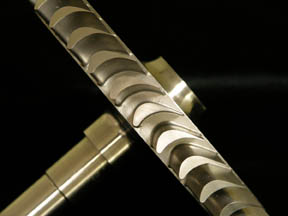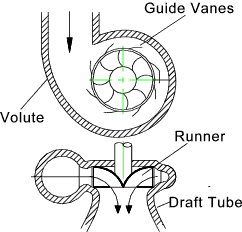Hydrogen engines will be replacing gasoline powered engines in automobiles. The question is when. Hydrogen engines come in two varieties, electric engines powered directly by hydrogen fuel cells and those engines that are converted from traditional gasoline powered combustion engines and powered by compressed hydrogen. The natural transitional vehicle, on a consumer level, most likely will be to have a car that has a hydrogen engine that has been converted from a gasoline powered engine and is fueled by pressurized hydrogen Hydrogen-fueled internal combustion engines (H2ICEs) as they are called will most likely hit the consumer market first. For the long-term, though, fuel cell driven engines will become the standard within the next 10 years.
Hydrogen Generator Plan for CARS
Insider Information Revealed on this controversial new Hydrogen Boosting Method Advocates say Increases Gas Mileage and Reduces Emissions.
Homemade Wind and Solar Power
Reduce Home Energy Bills by 80-percent with Renewables.
This "transitional" hydrogen H2ICE engine is already taking hold as both Mazda and BMW have introduced into limited production "dual-fuel" engines. With the flip of a switch, each car can switch back and forth between gasoline and hydrogen fuel. The Mazda RX-8 uses a RENESIS Hydrogen Rotary Engine, which is ideally suited to burn hydrogen without inviting the backfiring that can occur when hydrogen is burned in a traditional piston engine. Twin hydrogen injectors and a separate induction chamber help maintain safer temperatures with the hot running hydrogen fuel















